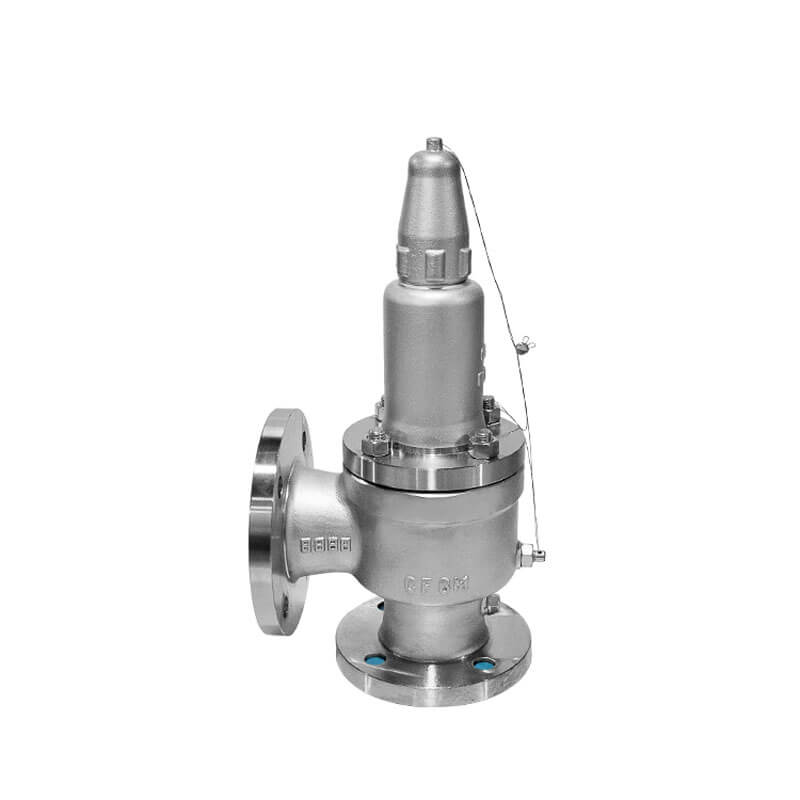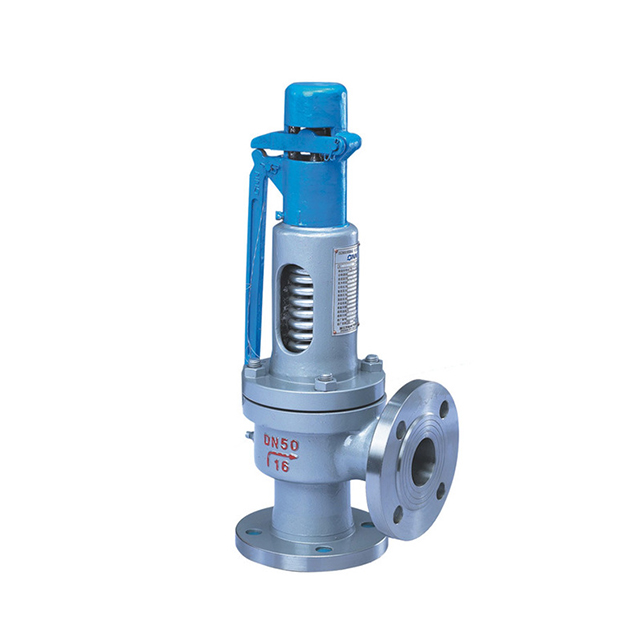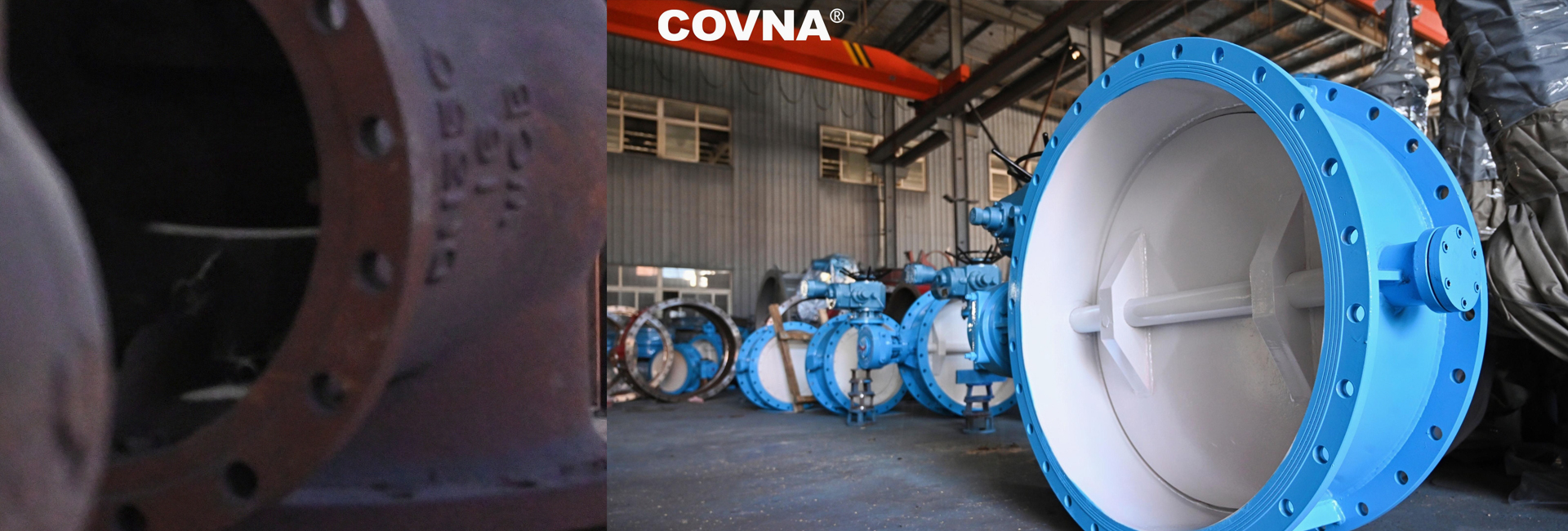Las válvulas de seguridad y alivio son componentes esenciales en los sistemas de presión, diseñados para proteger el equipo y el personal de los peligros de la presión excesiva. Aquí hay una descripción detallada de cada:
Válvulas de seguridad

Objetivo:
- Las válvulas de seguridad están diseñadas para liberar automáticamente el exceso de presión de un sistema para evitar fallas catastróficas. Se aseguran de que la presión no exceda un nivel predeterminado, típicamente establecido durante la fase de diseño de un sistema.
Operación:
- Cuando la presión dentro de un recipiente o tubería excede la presión establecida de la válvula, la válvula se abre, lo que permite que el fluido (gas o líquido) escape, aliviando así la presión. Una vez que la presión vuelve a un nivel seguro, la válvula se cierra.
Aplicaciones:
- Comúnmente utilizado en calderas, vasos a presión y otros procesos industriales donde puede ocurrir una sobrepresión. Las válvulas de seguridad a menudo se encuentran en industrias como el petróleo y el gas, el procesamiento de productos químicos y la generación de energía.
Válvulas de alivio

Objetivo:
- Las válvulas de alivio cumplen una función similar a las válvulas de seguridad, pero pueden usarse en diferentes contextos. Están diseñados principalmente para aliviar la presión en los sistemas que pueden experimentar picos de presión transitorios (aumentos de presión temporal).
Operación:
- Las válvulas de alivio generalmente funcionan de una manera más gradual que las válvulas de seguridad, que se abren para liberar la presión, pero a menudo permiten una descarga controlada y continua en lugar de una liberación repentina. Esto ayuda a mantener la presión dentro de un rango específico.
Aplicaciones:
- Común en sistemas HVAC, sistemas hidráulicos y diversas industrias de procesos. Las válvulas de alivio son críticas en las aplicaciones donde la presión puede fluctuar, pero debe mantenerse dentro de los límites seguros.
Diferencias clave
- Mecanismo de apertura:Las válvulas de seguridad generalmente están diseñadas para abrirse rápida y completamente para aliviar grandes cantidades de presión repentinamente, mientras que las válvulas de alivio pueden abrirse gradualmente y controlar la presión más lentamente.
- Diseño y estándares:Las válvulas de seguridad deben cumplir con estándares estrictos y a menudo se usan en aplicaciones de alto riesgo. Las válvulas de alivio pueden tener más flexibilidad en el diseño, dependiendo de su aplicación.
Resumen
Tanto las válvulas de seguridad como de alivio son críticas para mantener condiciones de funcionamiento seguras en varios sistemas, prevenir accidentes y proteger equipos. Su selección, instalación y mantenimiento adecuados son esenciales para garantizar la seguridad y el cumplimiento de las regulaciones de la industria.
Las válvulas de seguridad y socorro se destacan de los mecanismos alternativos de control de presión de varias maneras, lo que las hace vitales en aplicaciones industriales y mecánicas. Aquí hay10 formas claveSe diferencian de otras soluciones de control de presión:
1. Operación automática
- Las válvulas de seguridad y alivio funcionan automáticamentesin necesidad de intervención manual. Cuando la presión del sistema excede un límite seguro, la válvula se abre por sí misma, proporcionando protección inmediata sin requerir control externo o energía.
2. Respuesta rápida a la sobrepresión
- Las válvulas de seguridad, en particular, están diseñadas paraAbrir rápidamenteCuando la presión alcanza un nivel crítico, asegurando el alivio de la presión inmediata. Otros dispositivos de control de presión, como los reguladores, pueden no reaccionar de manera tan rápida o efectiva en situaciones de emergencia.
3. Sin requisito de energía
- Estas válvulas funcionan puramente enprincipios mecánicos, no requiere energía eléctrica o externa para operar. En contraste, otros sistemas de control de presión como controladores automatizados o bombas a menudo dependen de la potencia externa, lo que puede fallar en situaciones críticas.
4. Protección a prueba de fallas
- Las válvulas de seguridad y alivio sonFail a prueba de fallas por diseño, lo que significa que permanecen operativos incluso en caso de fallas o mal funcionamiento del sistema. No confían en señales o controles externas, a diferencia de muchos dispositivos de control de presión electrónica o mecánica, lo que podría fallar si sus sistemas de control lo hacen.
5. Amplia gama de configuraciones de presión
- Estas válvulas se pueden diseñar y calibrar para abrir enniveles de presión definidos con precisión, que van desde presiones bajas a altas. Esto permite flexibilidad en el manejo de diversas condiciones operativas, mientras que otros dispositivos como los discos de ruptura ofrecen protección única de uso único.
6. Cumplimiento de los estándares de la industria
- Las válvulas de seguridad y alivio están diseñadas para cumplirestándares rigurososEstablecido por organizaciones como ASME (Sociedad Americana de Ingenieros Mecánicos), API (American Petroleum Institute) e ISO (Organización Internacional para la Estandarización). Esto garantiza su confiabilidad y consistencia en entornos de alto riesgo, un nivel de seguridad que carecen muchos dispositivos alternativos.
7. Aplicación versátil
- Son adecuados para unvariedad de fluidos, incluyendo gases, líquidos y vapor. Su versatilidad de diseño les permite usarse en una variedad de industrias, desde el procesamiento químico y la generación de energía hasta el petróleo y el gas, a diferencia de algunas alternativas, que pueden diseñarse solo para medios o condiciones específicas.
8. Prevenir una falla catastrófica
- Las válvulas de seguridad y alivio evitan situaciones de sobrepresión peligrosas que podrían conducir aDaño del equipo, explosiones o incendios. Si bien otros dispositivos pueden regular la presión, a menudo no ofrecen elprotección de emergenciaque una válvula de seguridad o alivio proporciona en un momento crítico.
9. Reutilización
- Después de abrir y liberar presión, muchas válvulas de seguridad y socorro se vuelven automáticamente, haciéndolasreutilizable. Por el contrario, los dispositivos como los discos o fusibles de ruptura deben reemplazarse después de activarse, aumentando los costos de tiempo de inactividad y mantenimiento.
10.Requisitos de mantenimiento reducidos
- Las válvulas de seguridad y alivio requieren relativamentebajo mantenimientoEn comparación con otras alternativas de control de presión, como las válvulas de control automáticas o los interruptores de presión eléctrica, que tienen componentes más complejos y pueden requerir una calibración o reparaciones frecuentes.
Tiempo de publicación: Oct-25-2024




